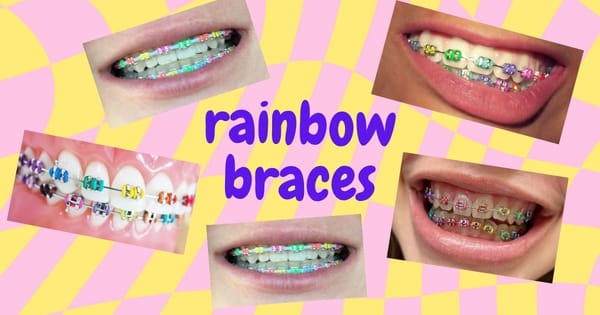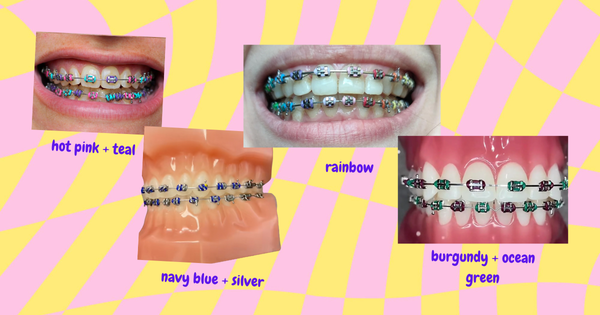Rory McIlroy Veneers? Why His Teeth Look So Good
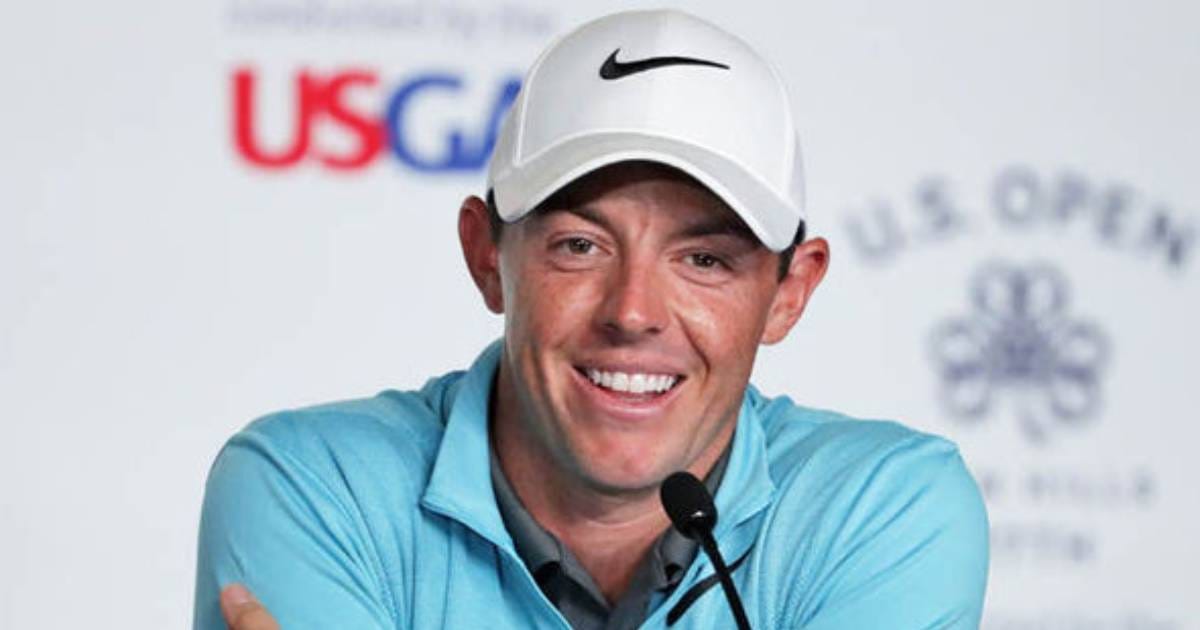
Professional golfer Rory McIlroy is known for his impressive skills on the green, but his bright smile has also caught the eye of fans worldwide.
This has led some to wonder if he's had cosmetic dental work, specifically veneers, to achieve such a picture-perfect grin.
So, does Rory McIlroy have veneers?
Based on the photographic evidence and expert analysis, all signs point to no. McIlroy appears to have naturally beautiful teeth, further enhanced by subtle changes that often occur as we age.
Key Takeaways:
- Dental analysis strongly indicates that Rory McIlroy does not have veneers and possesses naturally beautiful teeth.
- The apparent lengthening of his teeth over time is likely due to natural tooth eruption, a process that continues into early adulthood.
- Gum contouring could be another subtle enhancement he may have undergone to create a more balanced gum line and give the illusion of longer teeth.
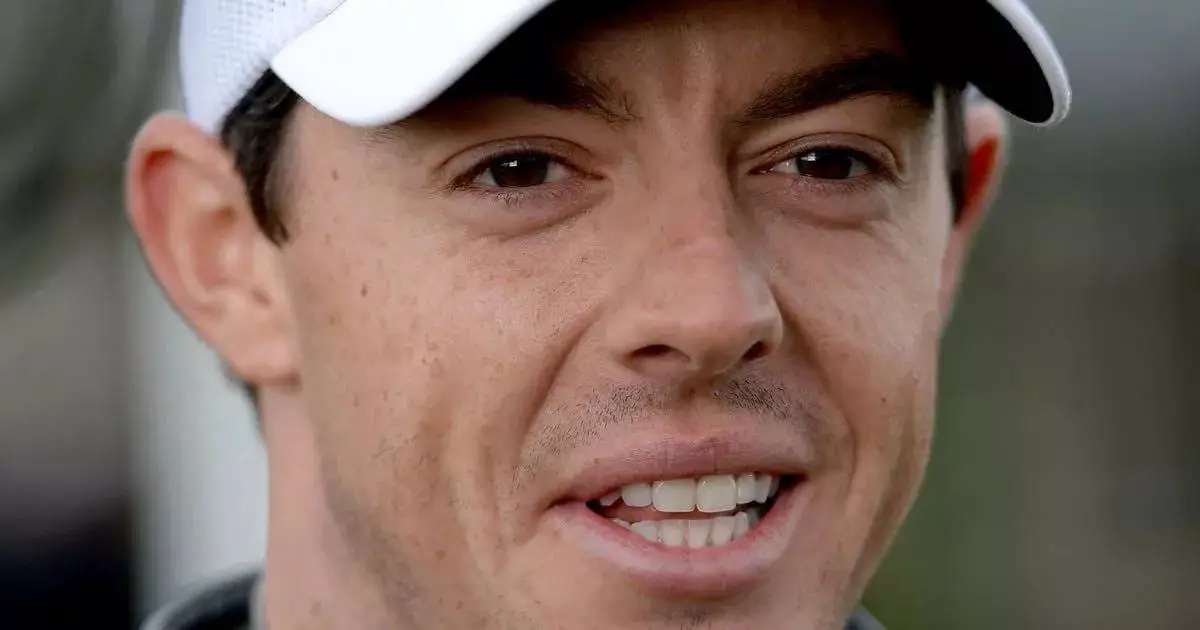
What Makes McIlroy's Teeth Stand Out
As a dentist, I've observed countless smiles, and Rory McIlroy's consistently ranks high on the list of naturally appealing ones.
Several factors contribute to this perception:
- Incisal Translucency: One of the hallmarks of natural teeth is their translucency, particularly along the biting edges (incisal edges). McIlroy's photos clearly show this characteristic—a subtle shift from a more translucent edge to a slightly opaque area as you move towards the gum line. This natural transition occurs because the enamel, the outermost layer of the tooth, is thinner at the edges, allowing more light to pass through, while the dentin, the layer beneath, is more opaque.
- Natural Color Variation: Just as with Scottie Scheffler, McIlroy's teeth exhibit subtle variations in color, another indicator of a natural smile. This subtle interplay of hues, often imperceptible to the untrained eye, creates a more realistic and less "artificial" appearance than veneers that tend towards uniform brightness.
- Surface Texture: Unlike the perfectly smooth, almost polished look of some veneers, natural teeth possess subtle surface textures and characteristics. McIlroy's photos reveal these subtle variations in texture, further reinforcing the natural appearance of his teeth.
- Alignment and Proportion: Beyond the individual tooth characteristics, the overall harmony of McIlroy's smile contributes to its appeal. His teeth are well-aligned, with pleasing proportions and spacing, creating a balanced and visually pleasing aesthetic.
These factors, when combined, create a smile that appears both healthy and effortlessly attractive, showcasing the inherent beauty of natural teeth.
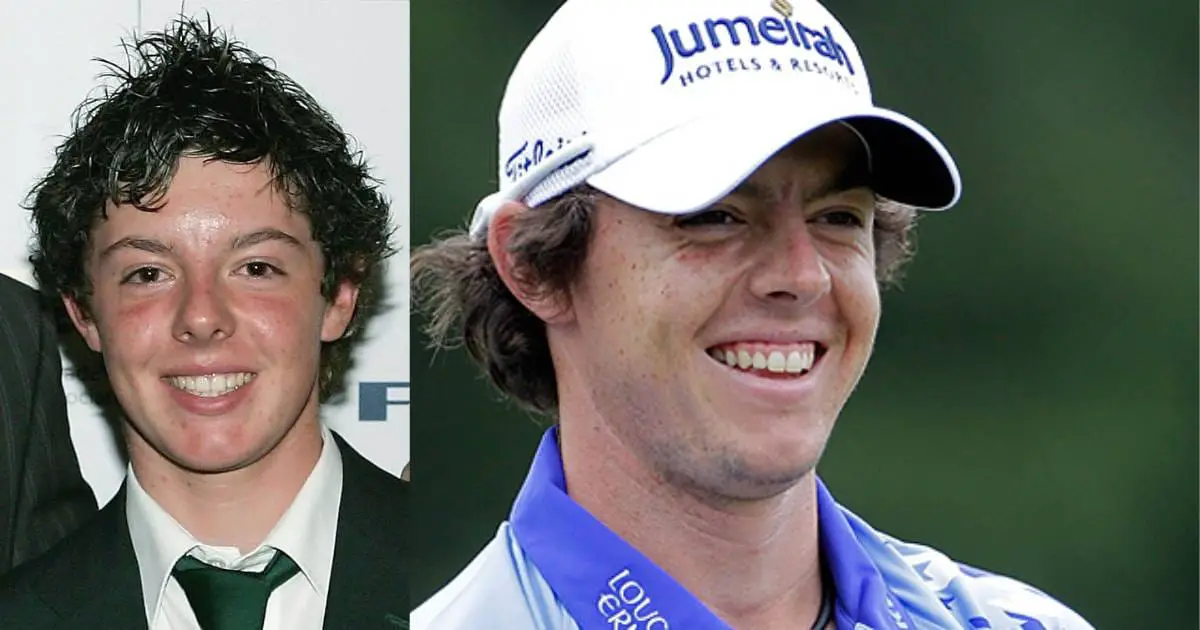
Tooth Eruption and How Smiles Change Over Time
While we often associate tooth development with childhood, the truth is our teeth continue to erupt and settle into their final positions well into early adulthood.
This process, known as passive eruption, might explain the perceived lengthening of Rory McIlroy's teeth over the years.
During passive eruption, the gums gradually recede, exposing more of the tooth's crown – the visible portion above the gum line.
This natural process, often occurring between the ages of 17 and 21, can lead to subtle changes in tooth length, making them appear longer and slightly altering the overall appearance of a smile.
Examining McIlroy's photos from his late teens compared to recent images does reveal a difference in apparent tooth length.
His teeth appear somewhat shorter in the earlier photos, likely due to a combination of less gum recession and the fact that his teeth were still undergoing passive eruption.
It's important to note that the rate and extent of passive eruption vary significantly among individuals. Factors like genetics, oral health, and even habits like thumb sucking can influence this process.
In McIlroy's case, this natural change appears to have contributed positively to his smile aesthetic, creating a more mature and balanced look.
This phenomenon highlights that our smiles are not static. They evolve throughout our lives, sometimes in subtle, almost imperceptible ways, and these changes often play a role in enhancing our overall facial aesthetics.
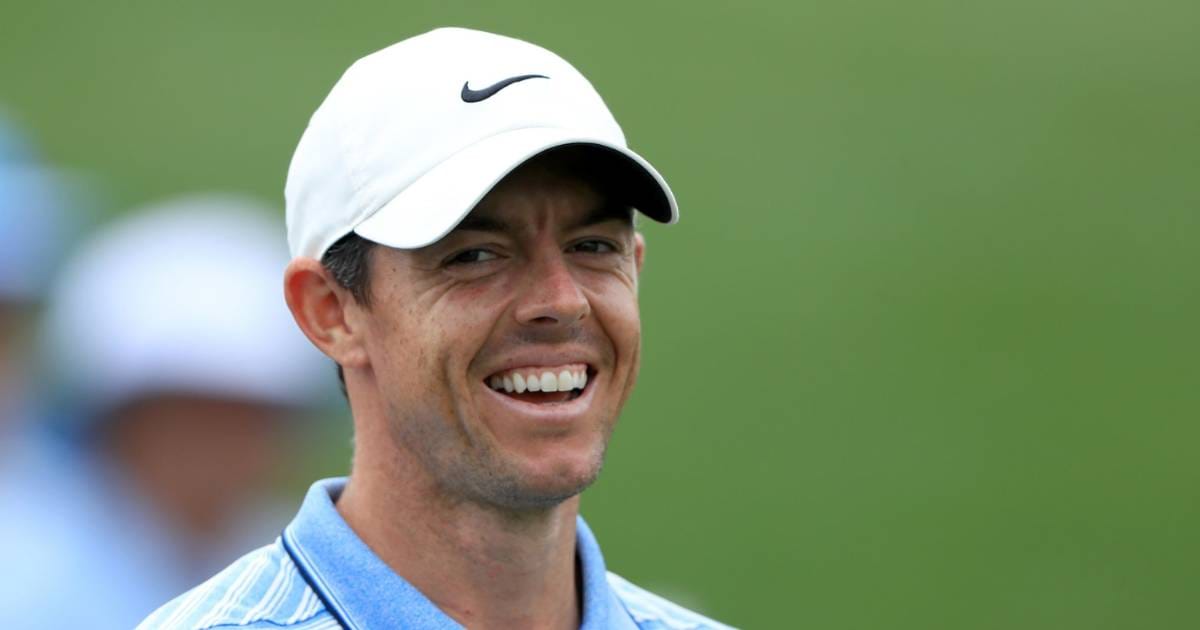
Gum Contouring: A Subtle Enhancement
While natural tooth eruption likely plays a significant role in Rory McIlroy's smile transformation, another subtle enhancement worth considering is gum contouring, also known as gum reshaping or gingivectomy.
This cosmetic dental procedure subtly alters the gum line, improving the overall aesthetics of a smile.
Gum contouring addresses issues like:
- "Gummy Smile:" Some individuals naturally have a higher gum line, making their teeth appear shorter. Gum contouring can address this by removing excess gum tissue, revealing more of the tooth's crown and creating a more balanced tooth-to-gum ratio.
- Uneven Gum Line: An asymmetrical gum line, where some teeth appear longer or shorter than others due to varying gum levels, can be corrected through contouring, creating a more symmetrical and harmonious smile.
- Exposing Crown Length for Restorations: Gum contouring is sometimes performed in conjunction with restorative procedures like crowns or veneers. Reshaping the gum line ensures adequate tooth structure is exposed for proper placement and a more natural-looking result.
Although there's no confirmation that McIlroy has undergone gum contouring, it's a procedure often done subtly, leaving minimal visible signs.
If he had a gummy smile in his younger years, gum contouring could have contributed to the current balanced and aesthetically pleasing appearance of his smile.
This procedure exemplifies how relatively minor cosmetic enhancements can significantly impact a smile's overall attractiveness without resorting to more extensive procedures like veneers or crowns.
Hypothetical Veneer Options for McIlroy (Even If Unlikely)
While Rory McIlroy's naturally stunning smile seemingly needs no artificial enhancements, let's explore a hypothetical scenario:
If he were to consider subtle improvements using veneers, what might those be?
Given his already ideal tooth shape, size, and alignment, any veneer work would likely focus on preserving his natural aesthetic while addressing potential minor imperfections invisible to the untrained eye. Options could include:
- "No-Prep" Veneers: These ultra-thin veneers require minimal to no removal of natural tooth structure, making them a minimally invasive option for subtle enhancements. They could address concerns like micro-chips, surface irregularities, or slight discoloration without drastically altering the existing tooth shape.
- Enamel Shaping: Rather than veneers, a technique called enamel shaping or contouring might be used to smooth out any minor imperfections or create more symmetry among the teeth. This conservative approach preserves natural tooth structure while achieving subtle refinements.
- Strategically Placed Veneers: If McIlroy had any concerns about the shape or size of specific teeth, a conservative approach might involve placing veneers on only those teeth, preserving the natural look of the remaining ones.
Importantly, any hypothetical veneer work for McIlroy would necessitate a highly skilled cosmetic dentist experienced in creating natural-looking results.
The goal would be to enhance, not overhaul, his existing smile, preserving the unique characteristics that make it so captivating.
This hypothetical scenario underscores a growing trend in cosmetic dentistry: a shift away from the "one-size-fits-all," overly perfect smiles of the past towards a more personalized and natural-looking aesthetic.
Embracing Individuality in a World of Cosmetic Enhancements
Rory McIlroy's naturally striking smile reminds us that true beauty lies in individuality.
While cosmetic dentistry offers incredible tools for enhancing smiles and boosting confidence, it's essential to approach these options with a discerning eye and prioritize preserving natural beauty whenever possible.
McIlroy's case highlights that sometimes, the most captivating smiles are those untouched by extensive dental work.
His naturally beautiful teeth, combined with potential subtle enhancements like tooth eruption and perhaps gum contouring, demonstrate that achieving an aesthetically pleasing smile doesn't always require a complete makeover.
Ultimately, the decision to pursue any cosmetic dental procedure is personal.
Understanding the available options, embracing the unique characteristics of your smile, and engaging in open communication with a skilled and ethical cosmetic dentist are crucial steps toward achieving a result that enhances, rather than masks, your natural beauty.


